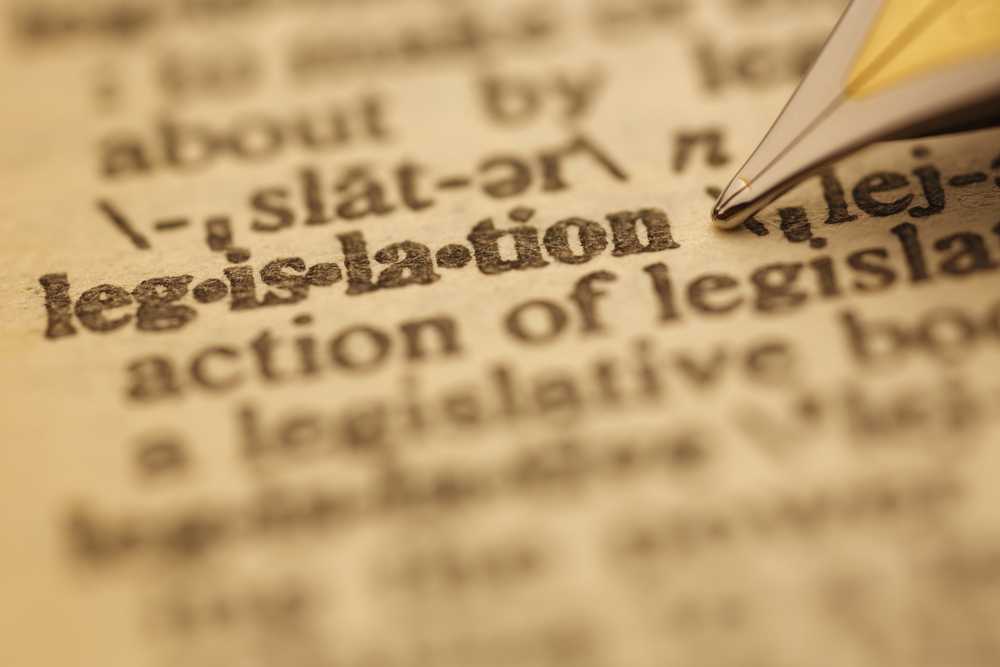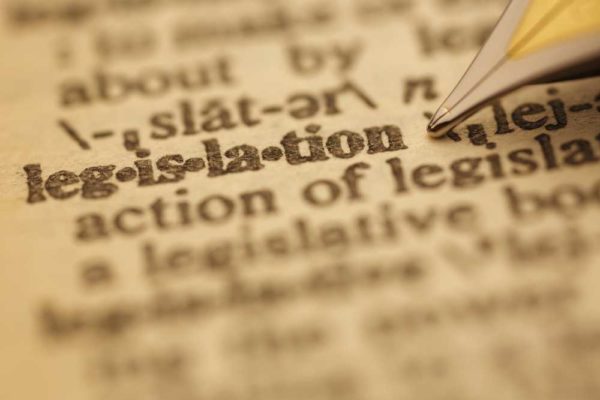The Every Student Succeeds Act includes block grants intended for technology, among other uses. It also opens the door to new state testing systems
 Eight years after the No Child Left Behind Act was supposed to expire, Congress finally passed a bill to replace it—the Every Student Succeeds Act (ESSA)—that gives states more latitude in deciding how to close achievement gaps. The legislation also includes a sizeable state block-grant program intended for technology, among other uses.
Eight years after the No Child Left Behind Act was supposed to expire, Congress finally passed a bill to replace it—the Every Student Succeeds Act (ESSA)—that gives states more latitude in deciding how to close achievement gaps. The legislation also includes a sizeable state block-grant program intended for technology, among other uses.
Although it’s not the program that ed-tech advocates had hoped for, many expressed cautious optimism that a section of ESSA under Title IV (“21st Century Schools”) could help schools use technology tools to transform teaching and learning.
“We’re pleased that the federal government has renewed its commitment to funding educational technology,” said Lan Neugent, interim executive director of the State Educational Technology Directors Association, in an interview. “It’s great to see that become a priority again.”
Aside from the E-rate, which provides discounts on telecommunications services, internet access, and the internal connections needed to bring the internet into classrooms, schools haven’t had a dedicated source of federal funding for technology since the Enhancing Education Through Technology (EETT) program was last funded in 2010.
Title IV, Part A, of ESSA changes that—sort of. Called Student Support and Academic Enhancement Grants, the program combines several priorities such as Advanced Placement, physical education, school counseling, and educational technology into a single state block-grant program. States then would pass these funds on to their local school systems.
Title IV, Part A includes three subparts, including one that speaks directly to technology in schools. Districts that receive more than $30,000 would have to spend at least 20 percent of their funding on activities that help students become well-rounded, and at least 20 percent on activities that help students be safe and healthy. The rest could be spent on technology, though no more than 15 percent could be spent on technology infrastructure.
Title IV, Part A, is authorized at $1.65 billion in fiscal year 2017 and $1.6 billion in FY2018 through FY2020. (The actual appropriations for the program could differ from these figures, as appropriations are a separate process in Congress.)
Next page: New state testing procedures explained
In theory, that would make nearly $1 billion available for ed tech each year for the next four years. But Neugent noted that the requirements to spend at least 40 percent of the money on activities that keep students safe and well-rounded are minimum requirements, and school systems could spend more of their funding on these other activities depending on their priorities.
That sets up a situation where ed-tech leaders are “going to have to be very proactive among their departments to talk about the importance of technology in carrying out this reauthorization,” he said. “Ed-tech leaders will have to make a case for technology, because there will be other priorities competing for funding.”
An earlier version of the bill that emerged from the Senate Committee on Health, Education, Labor, and Pensions included a program called Innovative Technology Expands Children’s Horizons (I-TECH), which would have created a dedicated stream of ed-tech funding similar to EETT, with half of those funds earmarked for ed-tech professional development.
I-TECH did not make it into the final version of ESSA, which passed with overwhelming support in both chambers of Congress. Still, ed-tech groups were pleased to see technology mentioned explicitly in the legislation.
“By investing in strengthening school system infrastructure, addressing digital equity, and building the capacity of school leaders, ESSA recognizes the promise of an e-learning environment for all students,” said Keith Krueger, CEO of the Consortium for School Networking, in a statement. “We are excited to work with the education community and other stakeholders to ensure this law delivers on its commitment to enhancing teaching and learning.”
The House of Representatives passed the bill on Dec. 7 by a 359 to 64 margin, and the Senate passed it on Dec. 9, 85 to 12. President Obama signed it into law on Dec. 10.
New state testing systems on the way?
ESSA keeps the NCLB–mandated annual assessments in reading and math in place for students in grades 3 through 8. School districts also would have to test students at least once in high school. But the act limits the federal government’s role in education by giving states and districts more authority in deciding how to use these test scores to evaluate teachers and turn around low-performing schools.
States and school districts still have to break out the test data for different subgroups of students, such as minority and low-income students, English language learners, and students with disabilities. But they’ll have more latitude to devise their own plans for closing the achievement gaps among these subgroups.
States must submit their accountability plans to the Education Department for approval beginning with the 2017-18 school year, but if their plans are turned down, they can have a public hearing to argue their case.
The act also contains provisions that could open the door to new forms of state assessment, such as computer-adaptive testing and even performance assessments.
States must adopt “challenging” academic standards, ESSA says. That could be the Common Core State Standards, but it doesn’t have to be—and the Education Department cannot push states to adopt a certain set of standards.
Noelle Ellerson, associate executive director of policy and advocacy for AASA, the School Superintendent’s Association, said she believes the Common Core standards are so entrenched in most states that it’s unlikely there will be a massive shift away from these standards. But “we could see more states move away from PARCC and Smarter Balanced testing,” she said.
In a pilot program designed to encourage experimentation, up to seven states can apply to try out new testing systems, similar to what New Hampshire is doing with competency-based assessments designed around performance tasks. Also, high schools can seek their state’s permission to use a nationally recognized test like the SAT or ACT as their high school test instead of the state assessment.
In addition, ESSA expressly allows for the use of computer-adaptive testing in state and local assessment systems—which was previously barred under NCLB. Allowing the full power of computer-adaptive testing could help states and schools more accurately determine “just have far above (or below) grade level some students may be,” wrote Brandon Wright, editorial director of the Thomas B. Fordham Institute.
Ellerson believes ESSA marks “a significant improvement” over NCLB.
“It strikes a more appropriate balance between the role of the federal government and that of the state and local governments,” she said in an interview. “While this bill is not perfect, no bill would be perfect. It’s much more empowering of both state and local leaders, and much more proper in how it acknowledges that the education experts are at the state and local level—not inside the Beltway.”
The former Editor in Chief of eSchool News, Dennis Pierce is now a freelance writer covering education and technology. He has been following the ed-tech space for nearly 20 years. Dennis can be reached at denniswpierce@gmail.com.
- TC- What student choice and agency actually looks like - November 15, 2016
- What student choice and agency actually looks like - November 14, 2016
- App of the Week: Science sensor meets your smartphone - November 14, 2016


